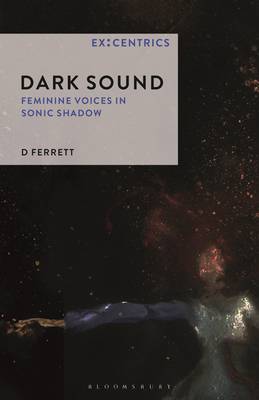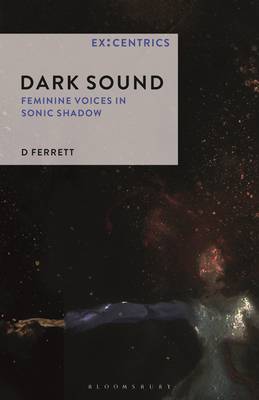
- Afhalen na 1 uur in een winkel met voorraad
- Gratis thuislevering in België vanaf € 30
- Ruim aanbod met 7 miljoen producten
- Afhalen na 1 uur in een winkel met voorraad
- Gratis thuislevering in België vanaf € 30
- Ruim aanbod met 7 miljoen producten
Zoeken
€ 69,45
+ 138 punten
Uitvoering
Omschrijving
Dark sound carries the dense cultural weight of darkness; it is the undertow of music that embodies melancholy, desire, grief, violence, rage, pain, loss and longing. Compelling and unnerving, dark sound immerses bodies in the darkest moments and delves into the depths of our hidden inner selves. There is a strangely perverse appeal about music that conjures intense affective states and about sound that can move its listeners to the very edge of the sayable.
Through a series of case studies that include Moor Mother, Anna Calvi, Björk, Chelsea Wolfe and Diamanda Galás, D Ferrett argues that the extreme limits and transgressions of dark sound not only imply the limits of language, but are moreover tied to a cultural and historical association between darkness and the feminine within music and music discourse. Whilst the oppressive and violent associations between darkness and femininity are acknowledged, the author challenges their value to misogynistic, racist, capitalist and patriarchal power, showing how dark sound is charged with social, creative and political momentum.
Through a series of case studies that include Moor Mother, Anna Calvi, Björk, Chelsea Wolfe and Diamanda Galás, D Ferrett argues that the extreme limits and transgressions of dark sound not only imply the limits of language, but are moreover tied to a cultural and historical association between darkness and the feminine within music and music discourse. Whilst the oppressive and violent associations between darkness and femininity are acknowledged, the author challenges their value to misogynistic, racist, capitalist and patriarchal power, showing how dark sound is charged with social, creative and political momentum.
Specificaties
Betrokkenen
- Auteur(s):
- Uitgeverij:
Inhoud
- Aantal bladzijden:
- 272
- Taal:
- Engels
- Reeks:
- Reeksnummer:
- nr. 1
Eigenschappen
- Productcode (EAN):
- 9781501325793
- Verschijningsdatum:
- 18/11/2021
- Uitvoering:
- Paperback
- Formaat:
- Trade paperback (VS)
- Afmetingen:
- 140 mm x 216 mm
- Gewicht:
- 312 g

Alleen bij Standaard Boekhandel
+ 138 punten op je klantenkaart van Standaard Boekhandel
Beoordelingen
We publiceren alleen reviews die voldoen aan de voorwaarden voor reviews. Bekijk onze voorwaarden voor reviews.








